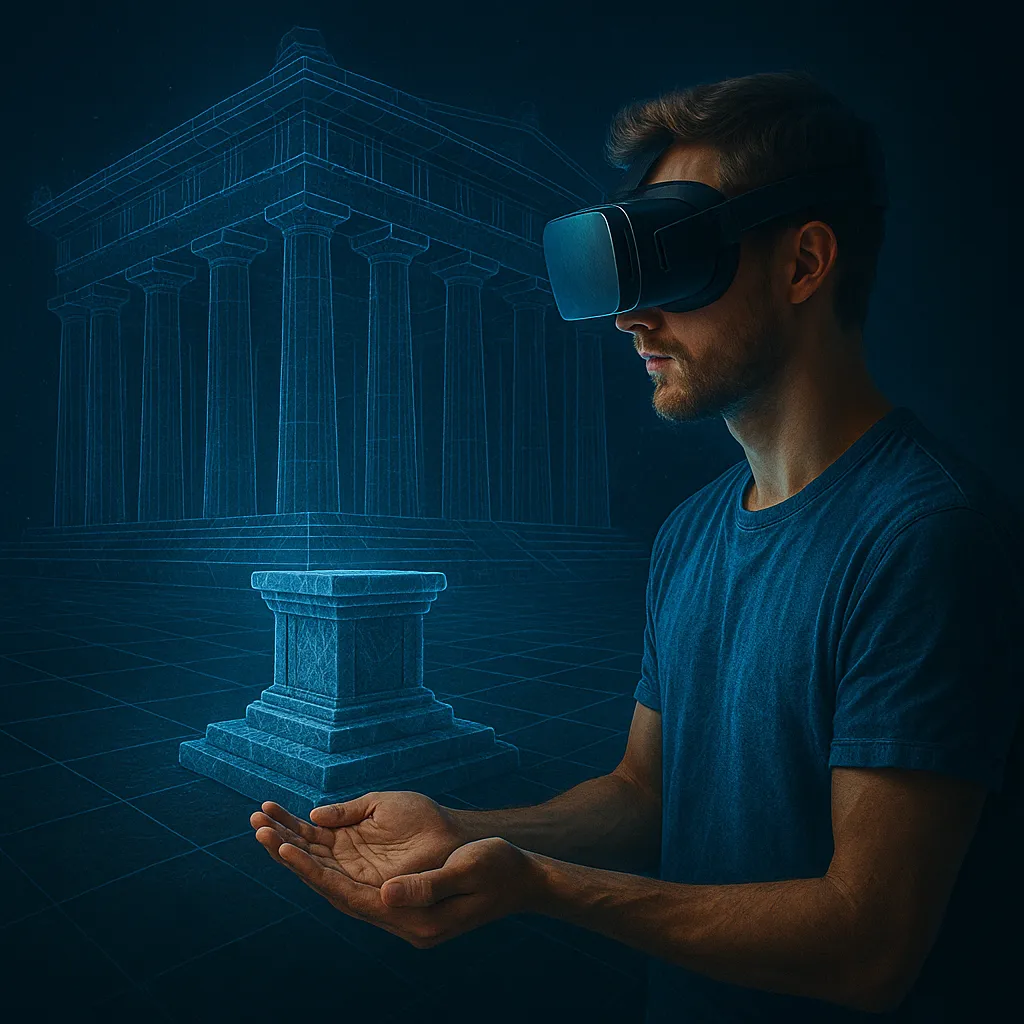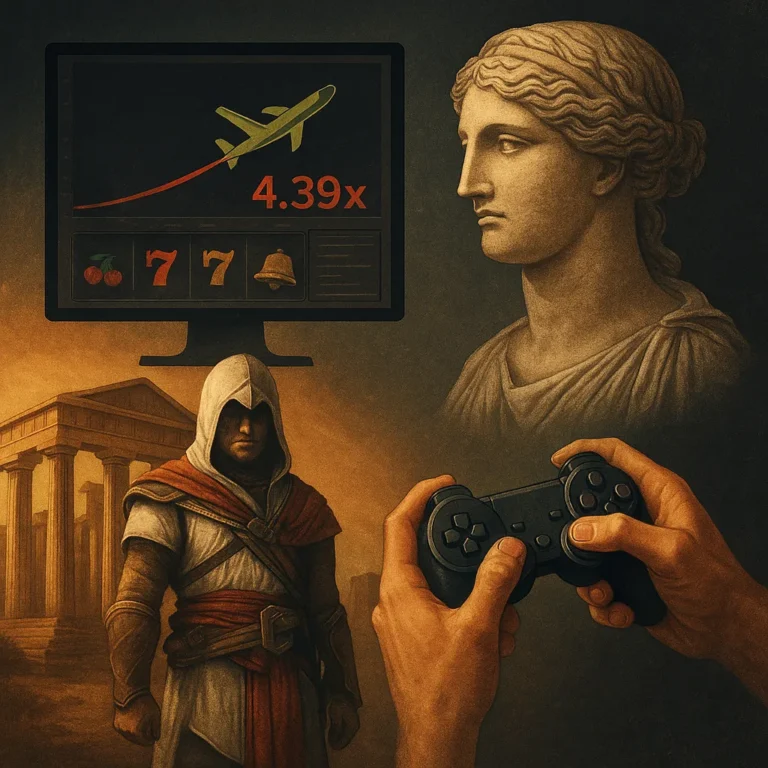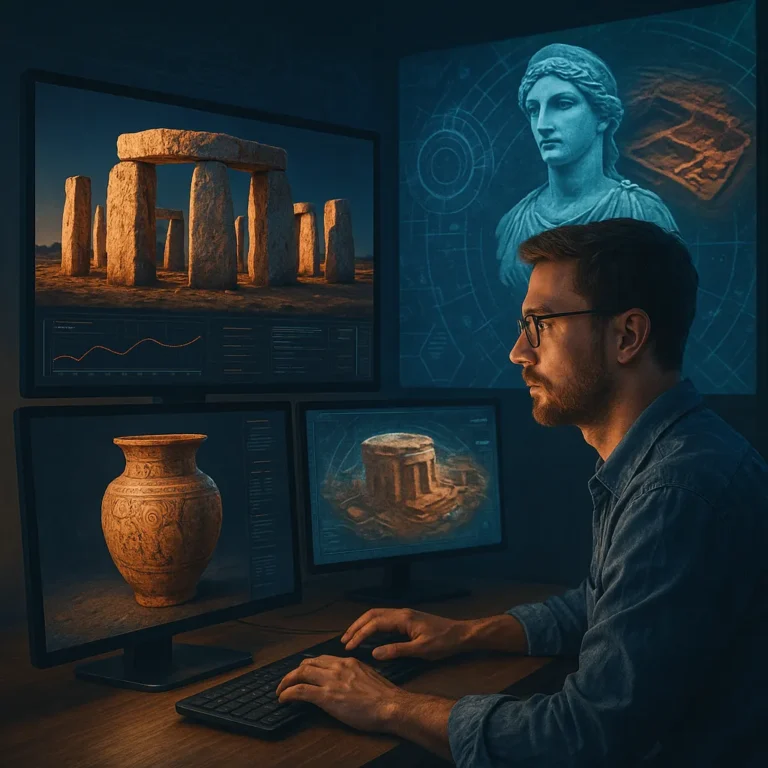For thousands of years, spiritual experiences were rooted in physical space — temples, fire altars, scrolls, chants echoing through stone halls. But in the 21st century, the sacred is no longer confined to marble or firelight. It’s entering a new phase — one built from pixels, code, and virtual immersion. Today, rituals are being digitized, reconstructed, and even reinvented using advanced technologies like VR, 3D scanning, and simulation engines. Sacred traditions are stepping beyond history and into the interface.
What Is a Ritual in the Digital Age?
At its core, a ritual is a repeated, symbolic act. Whether religious, cultural, or everyday, rituals help humans create meaning through structure and repetition. It’s this very structure that makes rituals surprisingly compatible with digital tools — especially simulation and programming.
Repetition, Code, and Meaning
Think about it: an algorithm is just structured repetition. And rituals, too, are loops of behavior with symbolic intent. That’s why it makes perfect sense that digital spaces have become fertile ground for reimagining sacred actions.
Here’s what’s happening now:
- Livestreamed meditations take place inside virtual temples
- Religious ceremonies are being held in metaverses and multiplayer spaces
- Digital reconstructions allow visitors to “enter” ancient sites like lost Egyptian shrines or Mesopotamian ziggurats
These aren’t just visual tricks — they are immersive, symbolic experiences designed to evoke memory, emotion, and awe.
Technology Rebuilding Sacred Spaces
Digital tools now let us reconstruct places and moments long lost to time. Historians, architects, and digital artists collaborate to reimagine temples, rituals, and spiritual atmospheres with stunning fidelity.
3D Temples and VR Rites
Whether using laser scanning on ruins or generating entire mystical journeys in virtual worlds, technology enables us to do what was once unimaginable — recreate sacred moments.
Let’s look at a few examples:
- Parthenon and the Eleusinian Mysteries reconstructed virtually for exploration and ritual simulation
- AR tours through Mayan pyramids, where viewers walk sacred routes with guided interpretations
- Digital Buddhist monasteries, offering visitors insight into meditative rituals and monastic life
Through VR and 3D, people don’t just read about rituals — they walk through them, witness them, sometimes even participate. A headset becomes a time machine, and code becomes a form of invocation.
Simulated Rituals in Games and Virtual Worlds
Interestingly, ritual behaviors aren’t just emerging in reconstructions — they’re woven directly into entertainment, especially in video games. From city-builders to fantasy RPGs, many games unknowingly tap into the mechanics of ritual.
Gaming Mechanics That Mirror Sacred Acts
Games often echo archetypal behaviors seen in rituals:
- Building shrines, offering sacrifices, or performing symbolic acts
- Waiting under pressure, deciding whether to risk, yield, or transform
- Quest arcs that mimic initiation cycles: challenge → transformation → reward
These mechanics aren’t religious per se, but they stir similar emotions: tension, transcendence, release. Players perform digital rites without realizing they’re repeating ancient symbolic structures. Games become modern myth engines.
How This Changes Our View of the Sacred
So what does all of this mean for how we perceive spirituality?
Digitizing ritual does several things:
- Makes sacred experiences accessible — anyone can now explore a reconstructed temple or observe ancient rituals
- Transforms the viewer into a participant — you don’t just watch; you engage, choose, and influence the experience
- Blurs boundaries between cultural memory and personal reflection
Suddenly, what was once locked in time or tied to a specific geography is open to reinterpretation. Sacredness becomes portable. Ritual becomes code. And the act of reverence — whether in front of a shrine or inside a simulation — is still deeply human.




